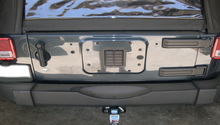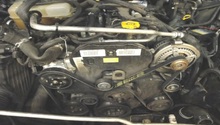Jeep Wrangler JK: Why is My Jeep Rattling When Accelerating?
If your Jeep Wrangler rattles when you accelerate, there is definitely something that needs to be tighten on it. Read on to learn how you can diagnose a rattle.
This article applies to the Jeep Wrangler JK (2007-Present).
The Jeep Wrangler is a car designed for ultimate beatings. It is made to go off the road and handle extreme driving conditions. If you hear a rattling noise when you accelerate, this indicates that something is loose on your Jeep. The more you take your Jeep off the road, the more things will come loose and need to be tightened. It's recommended you start the diagnoses process as soon as you hear a rattle, because if it's a loose bolt, the longer you wait, the more you risk losing it completely. Read on to learn how you can diagnose a rattling noise when accelerating.

Materials Needed
- Socket set
- Flashlight
- Flat head screwdriver
- Rubber mallet
Step 1 – Check plastic shield
It could be loose.
When you go off-roading, the vibration can make some of the screws come loose. Check the plastic shield underneath the engine by your front bumper. It is held in place by eight plastic screws. Use you flat head screwdriver to turn all the screw clockwise, but don't tighten them. If one of the screws is loose or missing, the shield could rattle around as you accelerate.
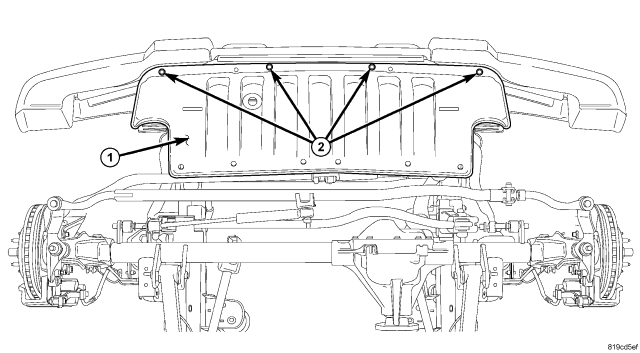
If the engine shield is tightly in place, proceed to Step 2.
Step 2 – Check exhaust manifold
One of the bolts could be loose.
The exhaust manifold is held in place by a series of bolts, so the more you put your Wrangler through the test, the bigger the chances these bolts will come loose. Check all the bolts to make sure they are tightly in place. If there is more than one loose bolts, you could start smelling fumes inside your car, you could experience lack of acceleration, and a louder engine.
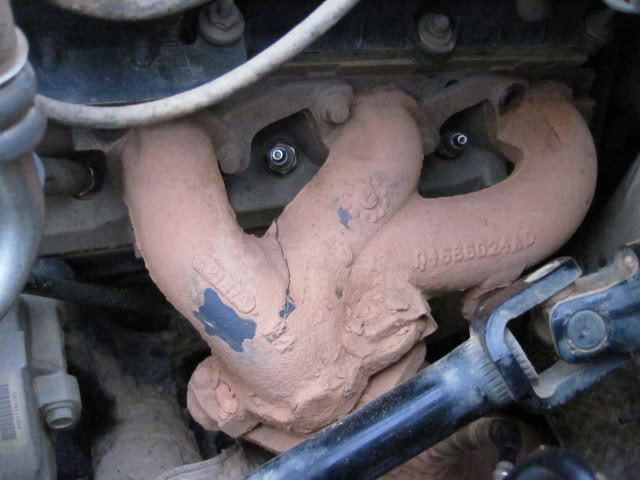
If the manifold is tightly bolted, move on to Step 3.
Step 3 – Check pipes
They could be loose.
The pipes and their connections tend to come loose as you drive in various road conditions. Slide under the car and check the connection between the mid-pipe and the exhaust manifold. Make sure the bolts are tight, then check the connection between the mid-pipe and the tail pipes, making sure they are tight. You can replace any missing bolts from any auto store.

If the pipes are tightly held in place, proceed to Step 4.
Step 4 – Check steering column's plastic grommet
It could be loose.
Many enthusiasts have complained that the plastic grommet on their steering column isn't tightly secured, and it causes a rattling noise when accelerating. Check the rubber grommet and notice the grease marks. If it seems larger, then tap it with a rubber mallet to push it back in towards the driver; it should easily go back in. A lot of the people that experienced this issue claim that it happened again after, so keep an eye on it if the rattling noise returns.
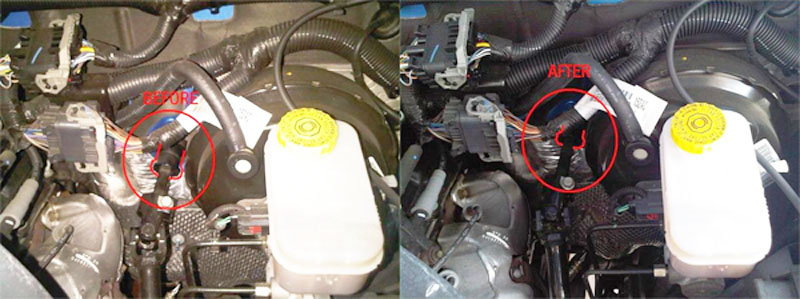
Related Discussions
- Rattling and Buzzing - JK-Forum.com
- Rattling Sound While Driving - JK-Forum.com
- Rattle When Accelerating - JK-Forum.com



